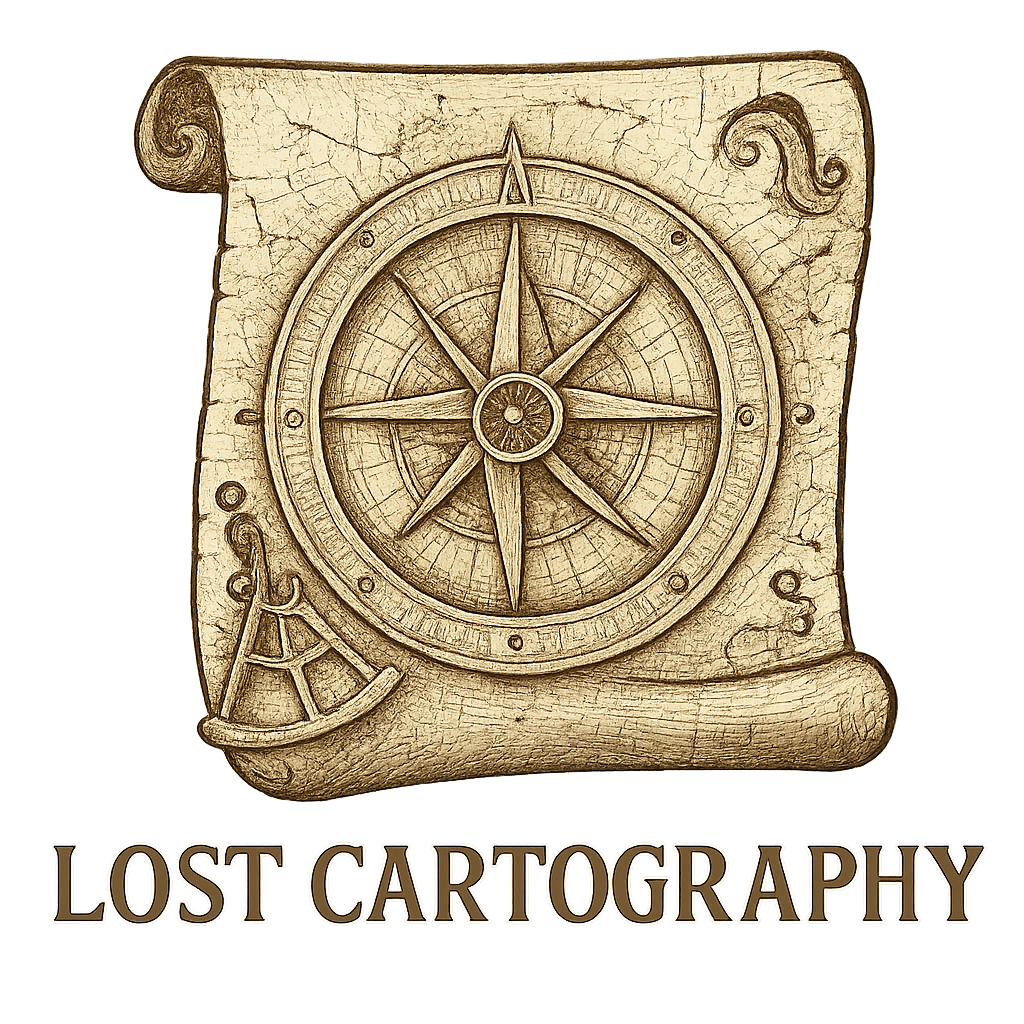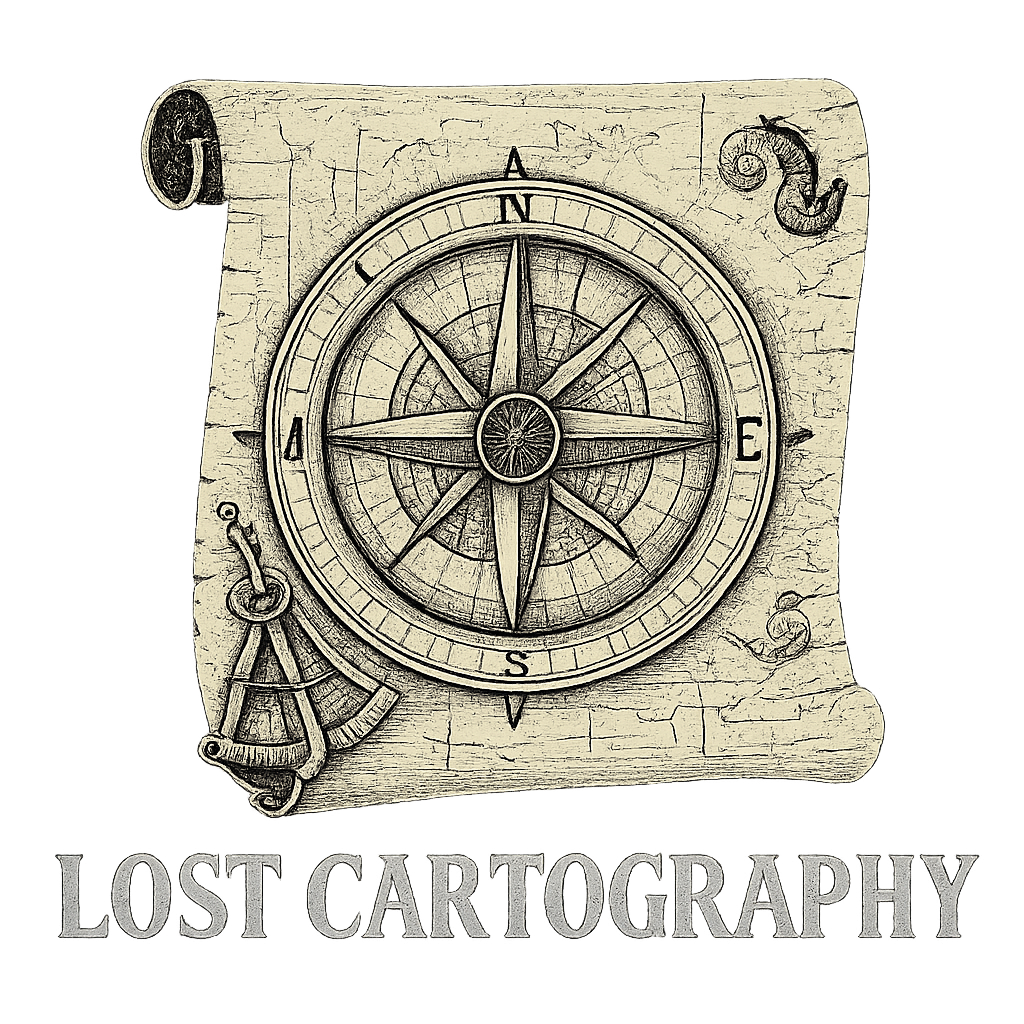Now Reading: Ancient Mapping Techniques: How the First Maps Were Made
-
01
Ancient Mapping Techniques: How the First Maps Were Made

Ancient Mapping Techniques: How the First Maps Were Made
Maps have always been important for humans, helping us understand and navigate the world. From simple cave drawings to complex clay tablets, ancient mapping techniques influenced how civilizations viewed their environment and defined their place in it.
These early attempts at making maps offer intriguing glimpses into ancient societies. Creating maps required careful observation, mathematical knowledge, and artistic talent – skills that showcase our ancestors’ intellectual abilities. The methods they came up with laid the foundation for modern map-making, showing impressive accuracy despite having limited tools.
In this article, we will explore how ancient maps were created and uncover the cleverness behind early map-making. We will look at the various methods used by different civilizations, such as Babylonian clay tablets and Greek astronomical calculations. By studying these historical mapping techniques, we can gain valuable insights into the technological achievements of ancient cultures and their understanding of the world around them.
Related: The Evolution of Navigation Tools Through History
The Origins and Evolution of Cartography
Cartography, the art and science of mapmaking, originated from humanity’s natural desire to comprehend and record their environment. This practice can be traced back to prehistoric times when early humans etched basic drawings on cave walls to indicate hunting areas and celestial observations.
Ancient Civilizations and Their Mapping Techniques
Ancient civilizations had unique ways of mapping their territories:
- The Babylonians carved detailed city plans into clay tablets
- Egyptian surveyors created intricate land maps for tax collection and agricultural planning.
- The Chinese developed the grid system for precise land measurement, incorporating mathematical principles into their cartographic practices.

Purposes of Maps in Ancient Societies
Maps served various functions in ancient societies:
- Religious and Cosmic Understanding: Many cultures created maps depicting their religious worldview
- Military Strategy: Armies used tactical maps for planning campaigns
- Trade Routes: Merchants relied on maps to navigate commercial pathways
- Administrative Functions: Governments used maps for taxation and resource management
Technological Advancements and the Evolution of Mapping Techniques
The evolution of mapping techniques mirrored technological progress. The invention of the compass in China transformed navigation, while Greek astronomers’ calculations of Earth’s circumference resulted in more precise geographical representations. These breakthroughs spread through trade networks, fostering a rich exchange of cartographic knowledge among civilizations.
Exploring Ancient Mapping Techniques: A Closer Look at Early Cartography Methods
Ancient civilizations developed remarkable mapping techniques that laid the foundation for modern cartography. Archaeological discoveries reveal sophisticated methods used to create detailed representations of their known world.
1. The Earliest Known Maps: From Cave Paintings to Clay Tablets
The human drive to document spatial relationships dates back to prehistoric times. The oldest known map, discovered in the Czech Republic, consists of intricate engravings on a mammoth tusk from approximately 25,000 BC. This artifact depicts a mountain range, river valleys, and potential hunting routes near the Pavlov Hills.
Cave paintings across different continents demonstrate early attempts at spatial documentation:
- Lascaux Cave, France – 16,500 BC drawings showcase star charts alongside animal migration patterns
- Spanish Levantine Art – 8,000 BC rock paintings display territorial boundaries and hunting grounds
- Aboriginal Rock Art, Australia – Ancient dreamtime maps illustrate water sources and sacred sites
The transition from cave walls to portable mediums marked a significant advancement in ancient mapping techniques. Early cartographers utilized:
- Clay tablets
- Animal hides
- Stone surfaces
- Wooden panels
- Bone fragments
Archaeological studies indicate these early maps served multiple purposes:
- Navigation aids for hunting expeditions
- Property documentation for land distribution
- Religious significance in ceremonial practices
- Military strategy planning
- Trade route documentation
The discovery of a clay tablet from Nippur (1,500 BC) reveals sophisticated surveying methods. Ancient surveyors used:
- Measuring ropes calibrated to standard units
- Shadow sticks for determining direction
- Water levels for elevation measurements
- Geometric principles for land division
These early mapping techniques incorporated symbolic representations:
🏔️ Mountains – triangular shapes
🌊 Water bodies – wavy lines
2. Babylonian Contributions to Cartography: Unraveling the Secrets of the Babylonian World Map
The Babylonian World Map is an impressive example of ancient map-making. It was created around 600 BCE on a clay tablet and shows the world as the Babylonians saw it – a flat disc with water all around and Babylon in the middle.
Distinctive Features of the Babylonian World Map
The map has some unique characteristics:
- Geometric Precision: Babylonians used a complex base-60 number system for precise measurements of land.
- Cuneiform Inscriptions: There are detailed writings on the map explaining different geographical features and distances.
- Mythological Elements: The map includes both real places and mythical locations, reflecting the beliefs of the Babylonians.
Advantages of Clay Tablets in Babylonian Cartography
Clay tablets played a crucial role in Babylonian map-making, offering several benefits:
- They were durable and could withstand harsh weather conditions.
- Modifications could be made easily before firing the clay.
- Clay was readily available in large quantities.
- Detailed writings could be carved into the tablets.
Archaeological studies show that Babylonian surveyors used advanced mathematical concepts to create accurate land measurements. Their methods included:
- Using triangles to calculate distances
- Measuring based on standard units derived from the human body
- Dividing land into smaller sections using grids
Specialized Tools Used by Babylonians for Surveying
The Babylonians also developed specific tools for their surveying tasks:
- Ropes with markings indicating standardized units of measurement
- Devices for measuring angles
- Clay tablets with etched tables for calculations
These innovations formed a crucial foundation for future advancements in map-making, establishing systematic approaches that influenced various ancient civilizations.
3. Greek Advancements in Mapping: Anaximander and Hecatæus’s Influence on Cartography
The Greek civilization transformed cartography with their philosophical and mathematical approaches. Anaximander of Miletus (610-546 BCE) created the first known world map in Greek history, introducing a radical new perspective that depicted Earth as a cylindrical disk suspended in space. His innovative design placed the Mediterranean Sea at the center, surrounded by three continents: Europe, Asia, and Libya (Africa).
Anaximander’s Contributions to Cartography
Anaximander’s map reflected Greek philosophical concepts of symmetry and proportion. He divided the world into climatic zones and incorporated mathematical principles to establish spatial relationships between geographical features. This systematic approach marked a significant departure from earlier mythological representations.

Hecatæus’s Contributions to Cartography
Hecatæus of Miletus (550-476 BCE) built upon Anaximander’s work by creating a more detailed world map. His contributions included:
- Introduction of written descriptions accompanying geographical features
- Division of the world into two main regions: Europe and Asia
- Documentation of trade routes and coastal settlements
- Integration of travelers’ accounts to verify geographical information
Establishing New Standards for Map Accuracy
The Greek cartographers established new standards for map accuracy by:
- Using astronomical observations for positioning
- Implementing geometric principles for distance calculations
- Developing standardized symbols for geographical features
- Creating detailed written records of geographical knowledge
These advancements laid the groundwork for Ptolemy’s later works and influenced cartographic practices for centuries to come.
Tools and Materials for Early Mapping: Understanding the Instruments Behind Ancient Cartography
Ancient civilizations developed sophisticated tools to create accurate maps despite technological limitations.
Egyptian Innovations
The Egyptians mastered the art of measurement using rope stretchers, skilled surveyors who employed knotted ropes to measure distances and establish right angles for mapping land boundaries.
Chinese Contributions
The Chinese developed unique instruments including:
- The Seismograph – used to measure distances and record geographical features
- The Gnomon – a vertical rod that measured shadows to determine latitude
- The Sinan – an early magnetic compass for directional accuracy
Greek Advancements
Greek cartographers revolutionized mapping technology through mathematical instruments:
- Dioptra – an astronomical and surveying instrument for measuring angles
- Hodometer – an early version of the odometer for measuring distances
- Groma – used to establish straight lines and right angles
Roman Enhancements
The Romans enhanced these tools, creating the Chorographia – a comprehensive set of surveying instruments that included:
- Bronze measuring rods
- Plumb bobs for vertical alignment
- Specialized rulers for precise measurements
These instruments allowed ancient cartographers to create remarkably accurate maps, with some achieving precision levels within a few degrees of modern measurements. The Greeks particularly excelled in astronomical observations, using tools like the astrolabe to determine latitude through star positions.
Techniques for Creating Accurate Maps: The Role of Observational Data and Mathematical Approaches in Ancient Cartography Methods
Ancient civilizations developed sophisticated methods for map-making by combining observational data with mathematical principles. The Egyptians pioneered the use of geometric division to create accurate land surveys, implementing a system called “rope stretching” that divided land into precise rectangular plots.
Chinese cartographers of the Han Dynasty (202 BCE-220 CE) developed the grid-square system, which divided territories into equal squares. This method allowed for:
- Accurate distance calculations between locations
- Precise boundary demarcation
- Detailed topographical representation
- Systematic land taxation records
The Greeks introduced mathematical precision through their understanding of spherical geometry. Eratosthenes calculated Earth’s circumference using shadow measurements and applied this knowledge to create more accurate world maps.
Ancient Indian cartographers utilized the concept of cardinal directions combined with astronomical observations. The Vedic period texts reveal methods of determining geographical positions using:
- Solar observation
- Star positions
- Mountain peaks as reference points
- River courses for territorial boundaries
These Early Cartography Methods relied heavily on natural phenomena and mathematical calculations, demonstrating the ancient civilizations’ remarkable ability to create accurate geographical representations despite limited technological resources.
The Legacy of Ancient Maps: How Early Cartographers Shaped Our Understanding of Geography Today
Ancient mapping techniques laid the groundwork for modern cartographic practices, with many principles still relevant in today’s digital age. The mathematical foundations established by Greek cartographers directly influence the coordinate systems used in GPS technology. The Babylonian base-60 system persists in our modern measurements of time and angular degrees.
These ancient maps serve as invaluable historical documents, revealing trade routes, settlement patterns, and cultural perspectives of past civilizations. The British Museum’s collection of ancient maps showcases how early cartographers shaped our understanding of spatial relationships and geographical boundaries.
Want to explore the fascinating world of ancient cartography? Visit the David Rumsey Map Collection for digital access to historical maps, or explore the Library of Congress Geography and Map Division for extensive cartographic archives. These resources offer unique insights into how ancient civilizations viewed and documented their world, connecting us to our cartographic heritage.
The significance of ancient maps today extends beyond their historical value – they remind us that the human drive to understand and document our world has been a constant throughout civilization.
























